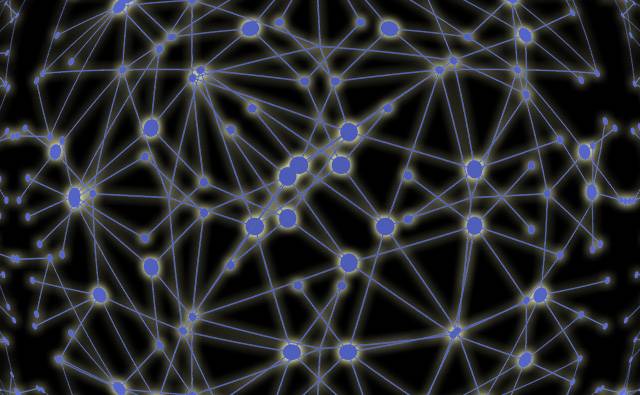From Chemistry to Life
The emergence of life might be due to the stepwise construction of increasingly sophisticated sets of self replicating molecules.
Page Contents
Essential Information
You need to be acquainted with the following information to fully understand the sequence from inorganic chemistry to life.
Autocatalytic Sets
The key to this article is an autocatalytic set. It is sometimes referred to as a metabolic set, which for this article will make more sense, but I will stick to the original name.

An autocatalytic set is a network of molecules that are both products and catalysts that produce energy and replicate themselves. There are many sets of varying sizes that are capable of maintaining themselves, but a core set of 172 was derived by examining single celled organisms that are alive today. It is interesting to note that there are smaller sets than this that might suggest paths between sets of increasing metabolic complexity. They are known to be able to produce nucleobases and amino acids, where RNA and DNA can assemble the amino acids into protein.
The ease with which autocatalytic sets can emerge makes them likely to be widespread rather than unusual. If this is true then the emergence of life from inorganic chemistry might be inevitable.
RNA and DNA

The best candidate for an early large molecule that carries information is RNA, also known as Ribonucleic acid. RNA is the single stranded version of DNA, but both can carry information and can replicate. DNA is the more stable information carrier of the two which is why it became dominant in higher life forms.
RNA and DNA are composed of 4 different types of nucleotides (the steps in the DNA or RNA ladder) the sequential arrangement of which represents information storage. Each type of nucleotide contains a different nucleobase: Adenine, Guanine, Cytosine, Uracil. Of these, Uracil is specific to RNA, and in DNA this is replaced by Thymine.
Since RNA is a very long molecule, it is thought that it is that it was originally created in steps guided by much shorter ‘template’ RNA molecules, which were also composed of nucleotides and nucleobases. Fatty acid membranes form around RNA spontaneously like a protocell and the RNA is capable of replicating itself inside.

The Steps from Chemistry to Life
A possible route is represented at high level by this list of steps:
- A favourable environment exists
- A mix of organic molecules
- A moderate temperature
- Liquid water to facilitate the interaction of the molecules.
- An energy source
- Autocatalytic sets emerge
- Increasingly complex molecules are created
- Information is carried forward in complex molecules
- Template RNA molecules are created
- RNA molecules are created via its templates
- Cells and cell membranes are created
This list is quite sparse in terms of how it could all come about, but the it does contain a very plausible route that didn’t exist before Stuart Kauffman’s very recent work on autocatalytic sets (metabolic sets) which provides the means to drive organic chemistry towards the production of RNA and beyond.
If its true then anywhere in the universe with the correct initial conditions would automatically be driven from chemistry, step-wise towards life.

A Video Presentation of the Current Theories
The steps shown in this article were guided by this video created by physicist Sabine Hossenfelder who has her own YouTube channel.
References:
- Sabine Hossenfelder’s video: The Origin of Life
- Stuart Kauffman book: At Home in the Universe
- Stuart Kauffman et al: Autocatalytic chemical networks at the origin of metabolism
